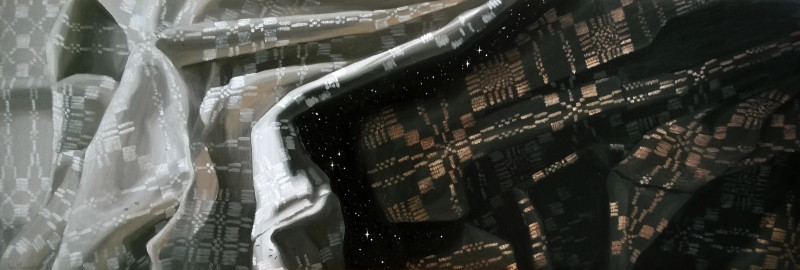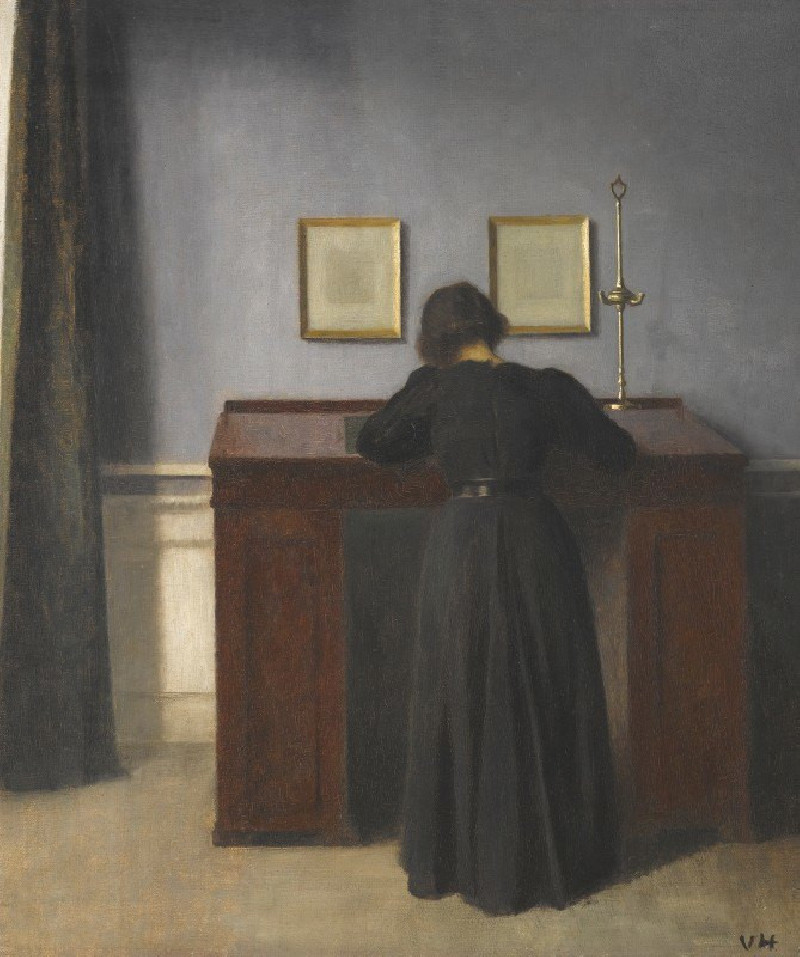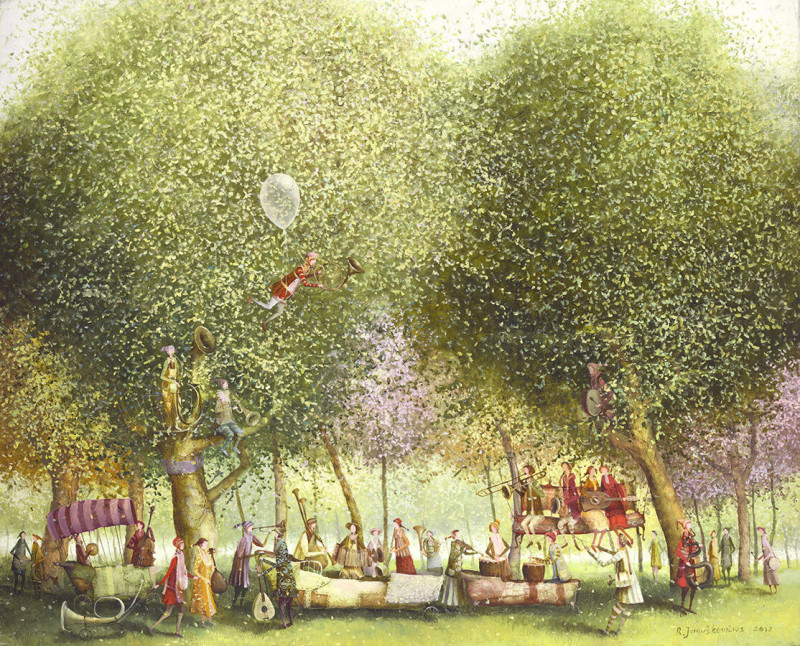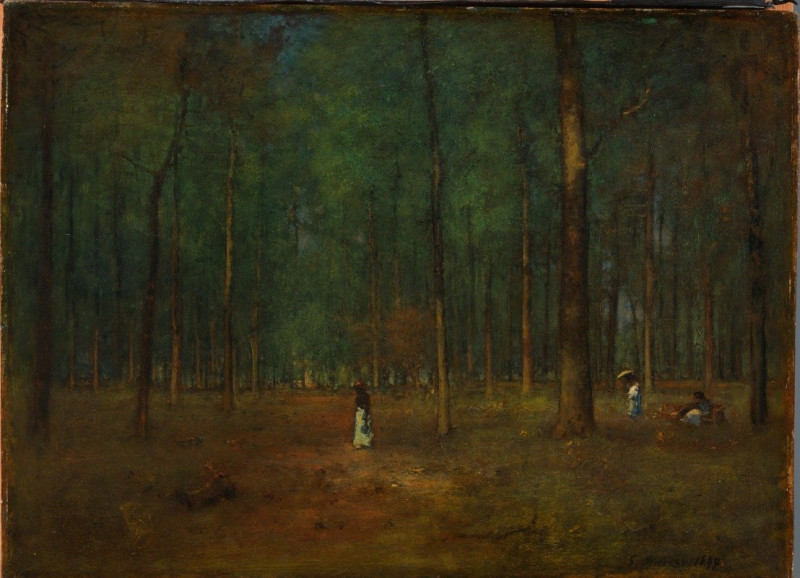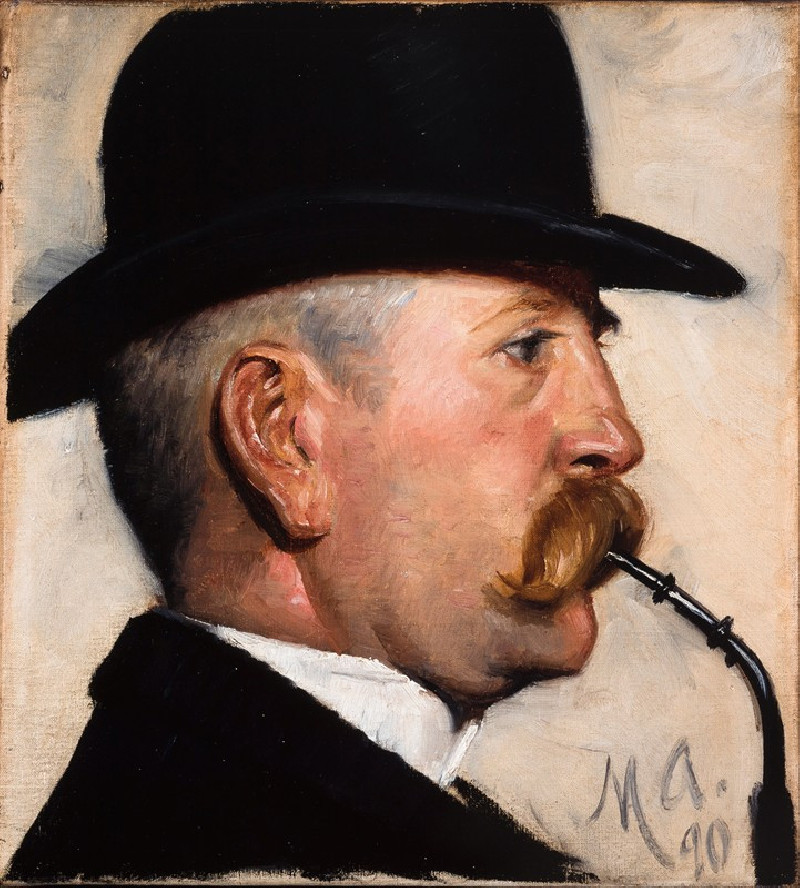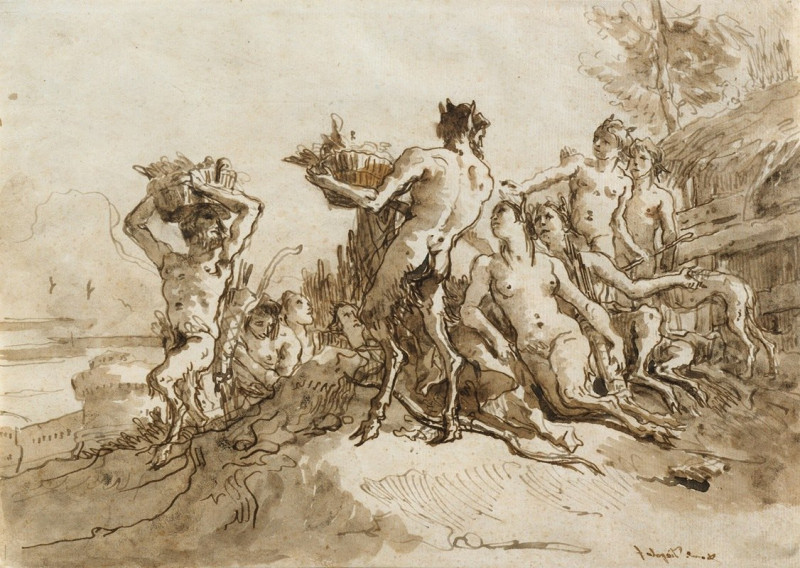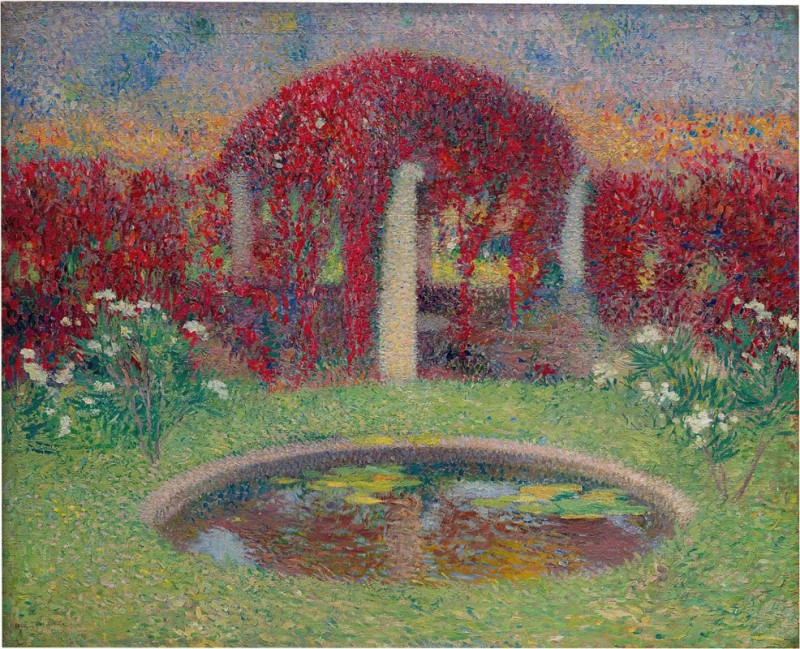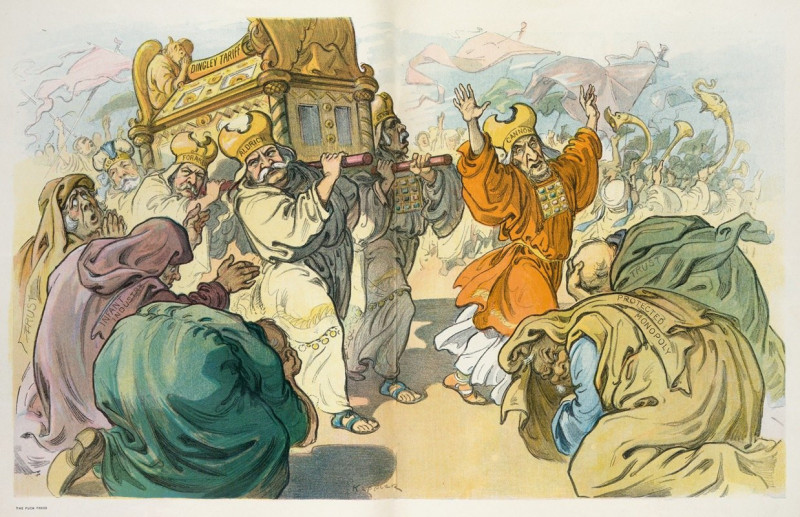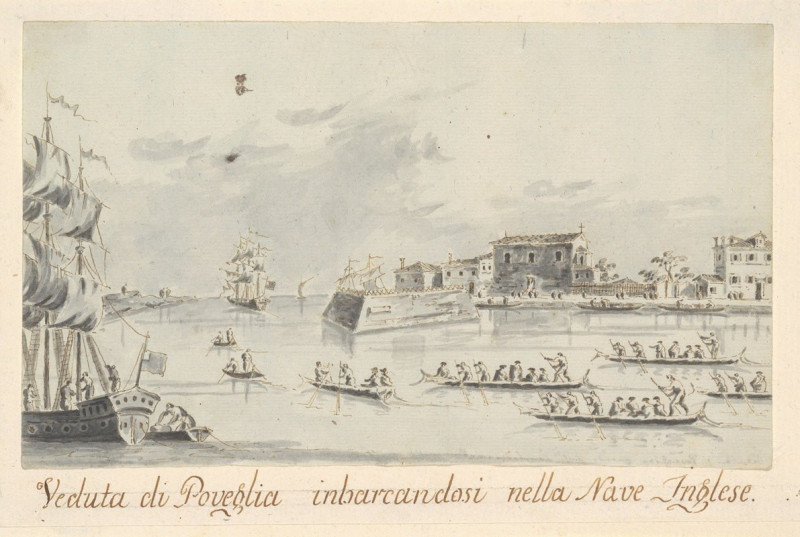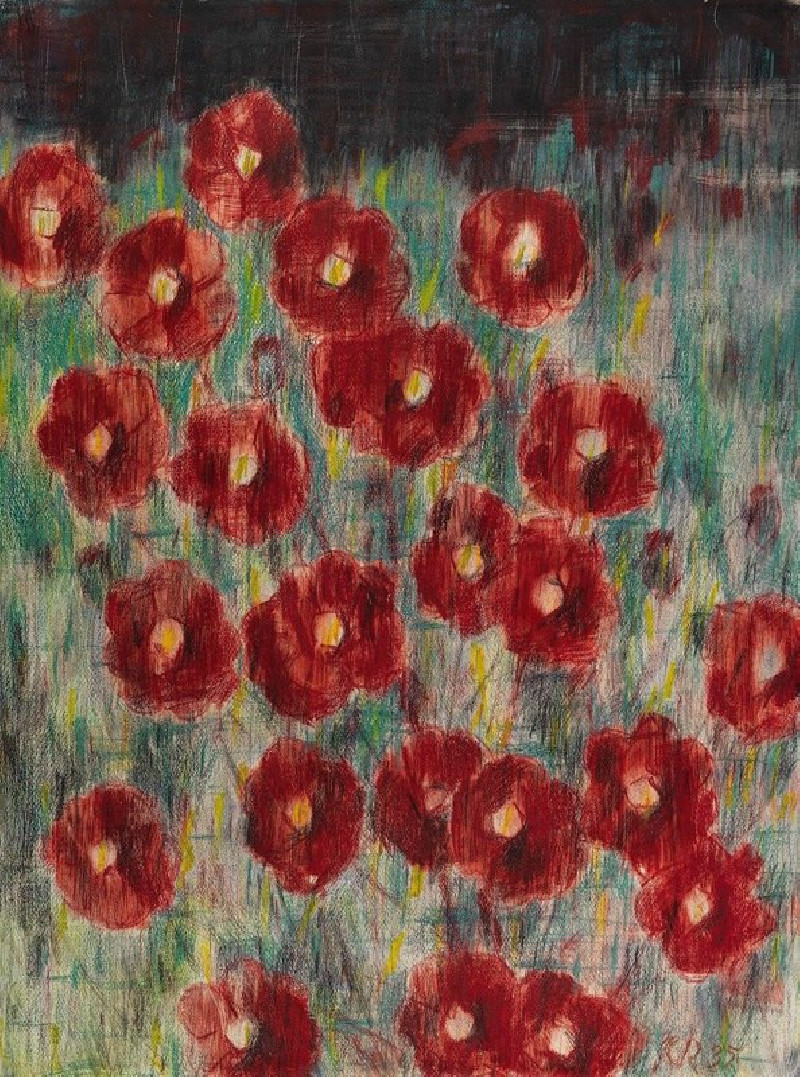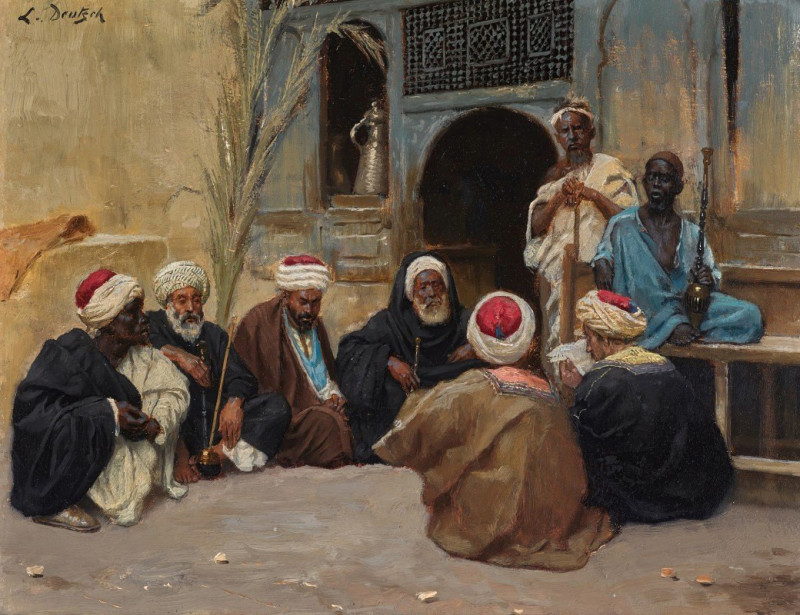Acrobat on a Horse (Voltigeuse zu Pferd) (1913)
Technique: Giclée quality print
Recommended by our customers
More about this artwork
Ernst Ludwig Kirchner's "Acrobat on a Horse (Voltigeuse zu Pferd)" from 1913 is a compelling etching that vividly embodies the Expressionist movement's penchant for evocating emotion through dynamic forms and dramatic lines. This artwork captures a moment of intense physical grace and concentration, depicting an acrobat performing on a galloping horse. The figure of the acrobat, defined by bold, swirling lines, leans back gracefully against the horse's robust and equally dynamic body. This opposition of forms not only highlights the acrobat's delicate pose but also amplifies the sense of motion and tension inherent in the performance.Kirchner's use of sharp, jagged lines accentuates the urgency and vitality of the scene, creating a sense of movement that seems to extend beyond the borders of the etching. The background is minimalistic, sketchy, and somewhat abstract, directing the viewer's focus primarily on the acrobat and the horse. This portrayal not only reflects a circus theme but also delves into themes of human-animal interaction, balance, and the transcendence of physical limits.By capturing this fleeting moment of harmony between human and beast, Kirchner not only showcases his mastery of the expressionist aesthetic but also invites viewers to contemplate the broader implications of performance, risk, and artistry.
Delivery
Returns
Ernst Ludwig Kirchner (1880–1938) was one of the most important German Expressionist painters. He was a co-founder of Die Brücke, a group of German expressionist artists formed in Dresden in 1905. Die Brücke and Kirchner took inspiration from Vincent Van Gogh and Edvard Munch, as well as African and Oceanic art. They used woodblock printing as a medium to showcase their signature style: flat, unrealistic images with vivid colors. The recurring themes in Kirchner's artworks included exotic cultures, faraway landscapes, self-portraits, dancers and Berlin street life. His paintings and prints effectively portrayed non-European cultures despite the fact that he never traveled outside of Europe.
































